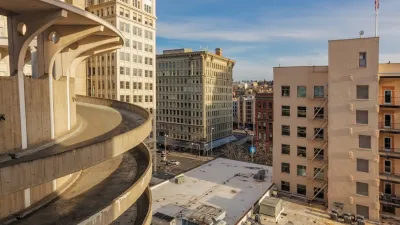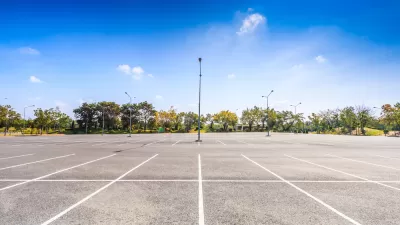Housing advocates praise the city’s move to eliminate single-family zoning by legalizing triplexes on single-family lots, but that isn’t why housing construction is growing.

Christian Britschgi, writing in Reason, claims that the construction boom in Minneapolis is unrelated to the city's decision to remove single-family zoning. “Housing production is up, and rents do indeed appear to be falling. But the effects of Minneapolis' particular means of eliminating single-family-only zoning, and allowing up to triplexes on residential land citywide, have been exceedingly modest.”
Britschgi writes that “from January 2020 through March 2022, Minneapolis approved 62 duplexes and 17 triplexes, according to data collected by the city's Department of Community Planning and Economic Development (CPED). Exactly half of the duplexes and 14 of the triplexes were built on lots that were once zoned for exclusively single-family development.”
“But these two- and three-unit developments still represent a tiny fraction of the roughly 9,000 housing units the city permitted during that same time period.” Emily Hamilton, a housing policy researcher at George Mason University's Mercatus Center, says other constraints prevent the widespread construction of duplexes and triplexes. “There are also restrictions on how large that lot has to be, how large that structure has to be, how much parking is required, and how far a structure has to be from its lot line.” Changes to these policies, says Britschgi, have a more significant impact on new housing production. “[Jason Wittenberg, a planner with CPED] credits the city's elimination of parking minimums—which had typically required one parking spot per housing unit—with facilitating increased construction of smaller apartment buildings.”
Like Minneapolis, cities around the country are moving to reduce or eliminate minimum parking requirements to encourage denser transit-oriented development and bring down the cost of housing production.
FULL STORY: Eliminating Single-Family Zoning Isn't the Reason Minneapolis Is a YIMBY Success Story

Montreal Mall to Become 6,000 Housing Units
Place Versailles will be transformed into a mixed-use complex over the next 25 years.

Planetizen Federal Action Tracker
A weekly monitor of how Trump’s orders and actions are impacting planners and planning in America.

DARTSpace Platform Streamlines Dallas TOD Application Process
The Dallas transit agency hopes a shorter permitting timeline will boost transit-oriented development around rail stations.

Interactive Map Reveals America's “Shade Deserts”
Launched by UCLA and American Forests to combat heat-related deaths, the tool maps the shade infrastructure for over 360 U.S. cities.

Bicycles and Books — In Sacramento, Libraries Now Offer Both
Adult library card holders can check out e-bikes and e-trikes for up to one week.

Colorado Landfills Emit as Much Pollution as 1M Cars
Landfills are the third-largest source of methane pollution in Colorado, after agriculture and fossil fuel extraction.
Urban Design for Planners 1: Software Tools
This six-course series explores essential urban design concepts using open source software and equips planners with the tools they need to participate fully in the urban design process.
Planning for Universal Design
Learn the tools for implementing Universal Design in planning regulations.
City of Mt Shasta
City of Camden Redevelopment Agency
City of Astoria
Transportation Research & Education Center (TREC) at Portland State University
US High Speed Rail Association
City of Camden Redevelopment Agency
Municipality of Princeton (NJ)





























